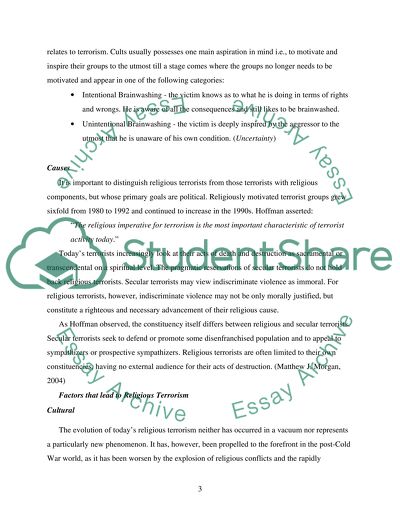Cite this document
(“Religious Terrorism Essay Example | Topics and Well Written Essays - 1750 words”, n.d.)
Retrieved from https://studentshare.org/religion-and-theology/1500258-religious-terrorism
Retrieved from https://studentshare.org/religion-and-theology/1500258-religious-terrorism
(Religious Terrorism Essay Example | Topics and Well Written Essays - 1750 Words)
https://studentshare.org/religion-and-theology/1500258-religious-terrorism.
https://studentshare.org/religion-and-theology/1500258-religious-terrorism.
“Religious Terrorism Essay Example | Topics and Well Written Essays - 1750 Words”, n.d. https://studentshare.org/religion-and-theology/1500258-religious-terrorism.


